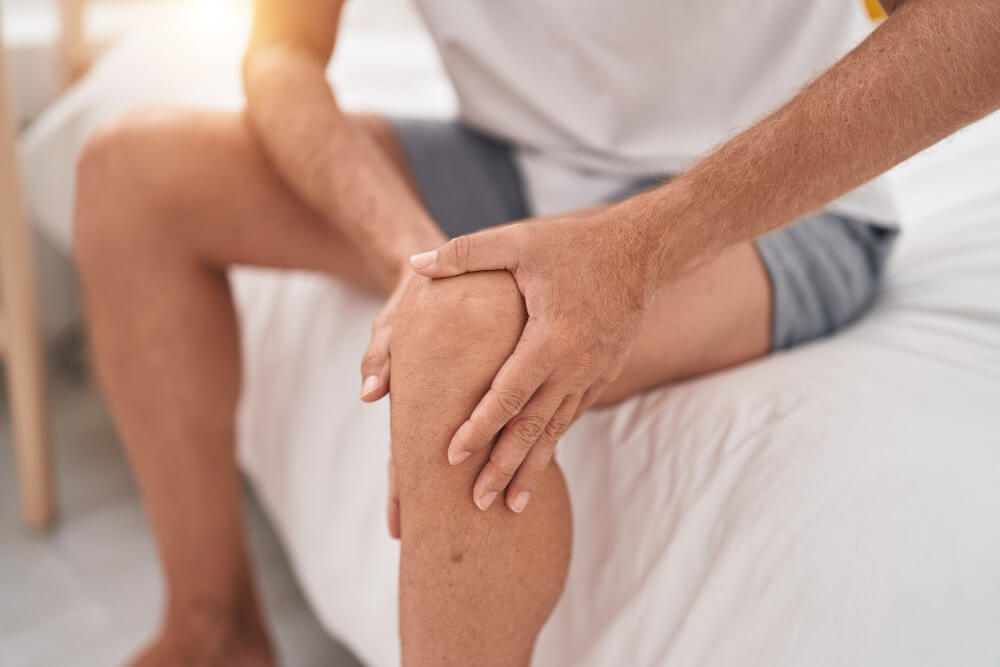Hand, Hip, or Heel Hurting? Unmasking the Mysteries of Common Joint Pains!
A dull ache in your knee, a sharp pang in your shoulder, a persistent throb in your wrist – these whispers of discomfort can quickly spiral into full-blown symphonies of pain, disrupting your daily rhythm and dampening your joy. Joint pain, that unwelcome shadow, affects millions across the globe, holding them back from the activities they love and the lives they crave. But here’s the good news: you don’t have to surrender to the silent orchestra of aches. Enter the orthopedic doctor, your conductor on the journey to reclaiming pain-free movement.
Unmasking the Culprits: From Aches to Answers
Before the curtain rises on treatment, an orthopedic doctor delves into the detective work of diagnosis. A symphony of questions begins – where is the pain? when did it start? what makes it better or worse? These seemingly simple inquiries peel back the layers, revealing the hidden culprits behind the aching curtain.
The suspects? They’re diverse, each with their own signature tune. Arthritis, the most common villain, can manifest in various forms, from the bone-grinding osteoarthritis to the inflammatory fire of rheumatoid arthritis. Tendinitis, the muscle’s mournful melody, arises from overuse or strain, while bursitis, the joint’s muffled drumbeat, signals inflammation of the protective cushions. Sometimes, even an unexpected guest like a torn ligament or a fractured bone joins the cacophony of pain.
But the doctor, armed with the diagnostic magnifying glass, doesn’t stop at identifying the culprit. They delve deeper, understanding the factors that play the conductor – age, family history, lifestyle choices, and even past injuries. Imaging tests, like X-rays and MRIs, become their orchestra pit, offering a visual glimpse into the source of the discord. Blood tests further illuminate the hidden notes, revealing possible inflammatory markers or underlying conditions.
Composing the Treatment Symphony: From Non-Surgical Solutions to Minimally Invasive Melodies
With the diagnosis in hand, the doctor sits down and composes a customized treatment symphony. The first movement often features non-surgical solutions, aimed at soothing the ache and restoring harmony. Rest, the silent pause, gives the body time to heal. Ice and heat, the contrasting notes, offer analgesic relief. Physical therapy, a series of guided stretches and exercises, strengthens muscles and improves joint stability.
Medication, like non-steroidal anti-inflammatory drugs (NSAIDs) or corticosteroids, joins the melody, reducing inflammation and easing pain. Sometimes, injections like hyaluronic acid or platelet-rich plasma (PRP) become the soloists, lubricating joints or promoting tissue repair. Braces or splints, supportive props, add another layer of stability, allowing the injured tissues to rest and recover.
For more persistent or severe cases, the doctor might conduct a different movement of the symphony – minimally invasive procedures. Arthroscopy, a keyhole surgery, allows for diagnosis and repair of torn ligaments or cartilage tears. Joint replacement, the delicate act of replacing a worn-out joint with a prosthetic, becomes the ultimate solution for severe arthritis.
Building a Supportive Chorus: Finding the Right Specialist and Embracing a Holistic Approach
But the orthopedic doctor knows no symphony is complete without a supportive chorus. They may collaborate with other specialists, like physiatrists for pain management or rheumatologists for inflammatory conditions. Physical therapists become the vocal coaches, guiding patients through the rehabilitation process.
Support groups, vibrant communities of shared experiences, offer solace and inspiration, reminding patients they’re not alone in their journey. And beyond the medical realm, embracing a holistic approach becomes crucial. Maintaining a healthy weight, a balanced diet, and regular exercise all contribute to joint health and pain management.
Beyond the Final Note: Reclaiming Your Active Life with Confidence
The journey with joint pain isn’t always a smooth allegro. There might be slow adagios of frustration and the occasional staccato bursts of setbacks. But the orthopedic doctor, the conductor of your journey, remains a constant presence, offering guidance, support, and hope.
With careful management and treatment, the symphony of pain gradually loses its volume. The once-aching joints move with renewed grace, the daily rhythm returning to its natural tempo. Activities that were once forbidden become joyous melodies once again. And as the final note fades, replaced by the exhilarating silence of pain-free movement, you stand tall, empowered, and ready to reclaim your active life with confidence.


